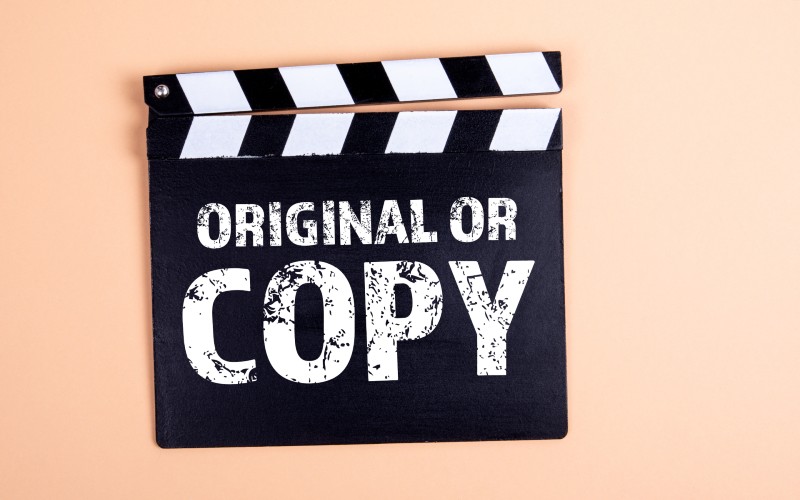
The original Little Mermaid story or ‘Den lille havfrue’ was published in 1837 and has long since been in the public domain. In 1989 Disney Studios took advantage of the fact that this literary work was in the public domain and released their animated movie. With the new live-action movie due to hit the screens this year what does that mean for the Copyright and does Disney now own the Little Mermaid?
Copyright is an intellectual property right that provides the original author(s) with the sole freedom to publish, distribute, or otherwise utilise the works. In the United Kingdom Copyright lasts for the lifespan of the author and then for a further 70 years. The right does not require registration in the United Kingdom and cannot be extended. In the United States where Disney have their registered head office the rules are marginally different but generally for works after 1978 the Copyright exists for the lifespan of the author and then for a further 70 or 95 years. As is the case with the United Kingdom this cannot be extended. What does this mean in the context of the Little Mermaid? Put simply, the original Andersen story remains in the public domain and people are free to publish this and make their own adaptations. There have been multiple movies based on Andersen’s original works but none as famous or nearly as well-known as Disney’s adaptation.
So where does that leave Disney, do they own any rights in the Little Mermaid? And does the release of the live-action movie change their position?
Andersen’s original story was no fairy tale. In the original the mermaid was not named neither was her prince and *spoiler alert* the heroine did not get her happy ending as the story ends with the prince marrying someone else and the little mermaid herself turning into sea foam. It’s fair to say that Disney changed a substantial amount of the original works; from giving the main characters memorable names, to finally giving this little mermaid her happily ever after. With this in mind Disney own the rights to their fairy tale derivative of the story. Disney do not however own the rights to the original Andersen story. Others are still free to use that work and create their own material/adaptations based on that. What can’t be done is anything that replicates the Disney version of the story and that includes Ariel’s name or likeness, the added characters or character developments, Disney’s changed storyline, and so on.
What Disney have done is create a landscape where their version of the story makes it extremely difficult for others to introduce their adaptation to the world firstly because of their films’ infamy which is only being bolstered by the release of the new live-action movie. And secondly, by creating fear among other studios, independents, and individuals that they’ll wind up in a legal battle with Disney who have deep pockets and have been vocal about their willingness to protect their intellectual protect, a sentiment deeply engrained in their antipiracy policy.
Ultimately this means until such time as the Disney’s adaptation is in the public domain Ariel, Flounder, Scuttle and their happily ever after belong to Disney and any works of Andersen’s story need to steer well clear of any Disney-made changes.
